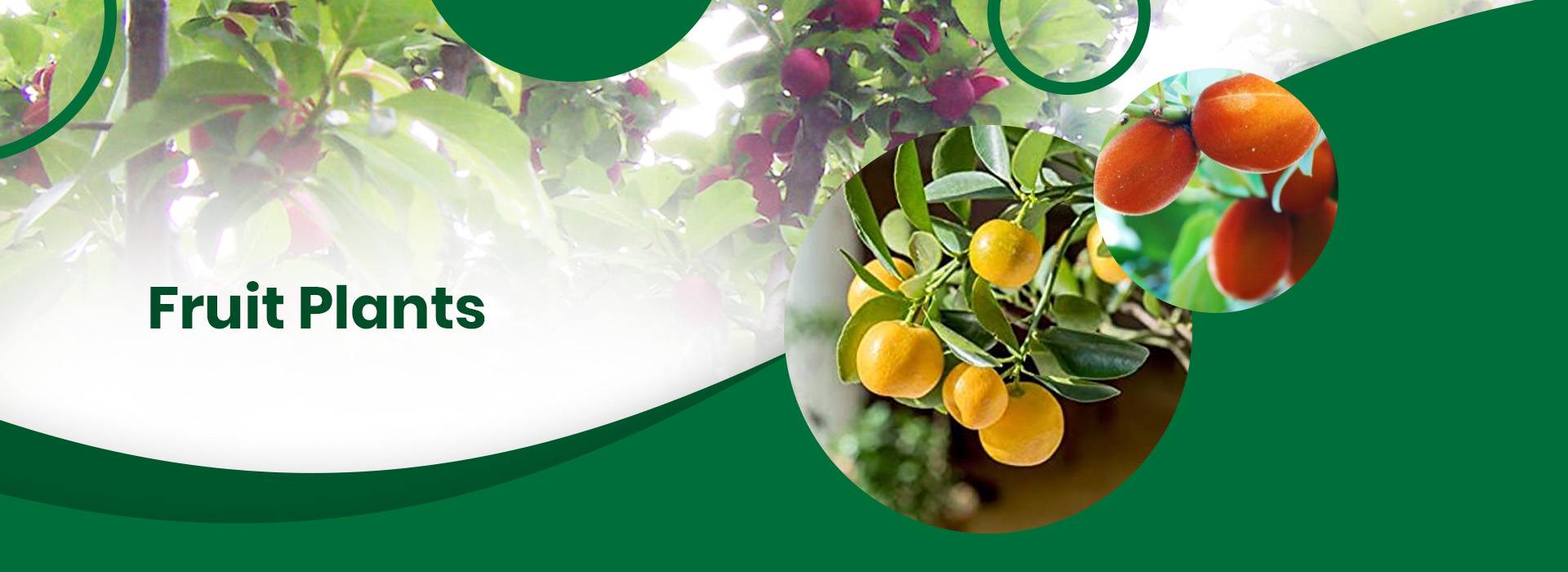
Banana
Banana is a globally important fruit crop with 97.5 million tons of production. In India, it supports the livelihood of millions of people. With a total annual production of 16.91 million tones from 490.70 thousand has., with a national average of 33.5 T/ha. Maharashtra ranks first in production with 60 T/ha. Banana contributes 37% to total fruit production in India.
Agro Climate :
Banana is a tropical crop, grows well in the temperature range of 13ºC – 38ºC with RH regime of 75-85%. In India, this crop is being cultivated in climate ranging from humid tropical to dry mild subtropics through the selection of appropriate varieties like Grandnaine. Chilling injury occurs at temperatures below 12ºC. The normal growth of the banana begins at 18ºC, reaches optimum at 27ºC, then declines and comes to a halt at 38ºC. Higher temperature causes sun scorching. The high-velocity wind, which exceeds 80 km phrs damages the crop.
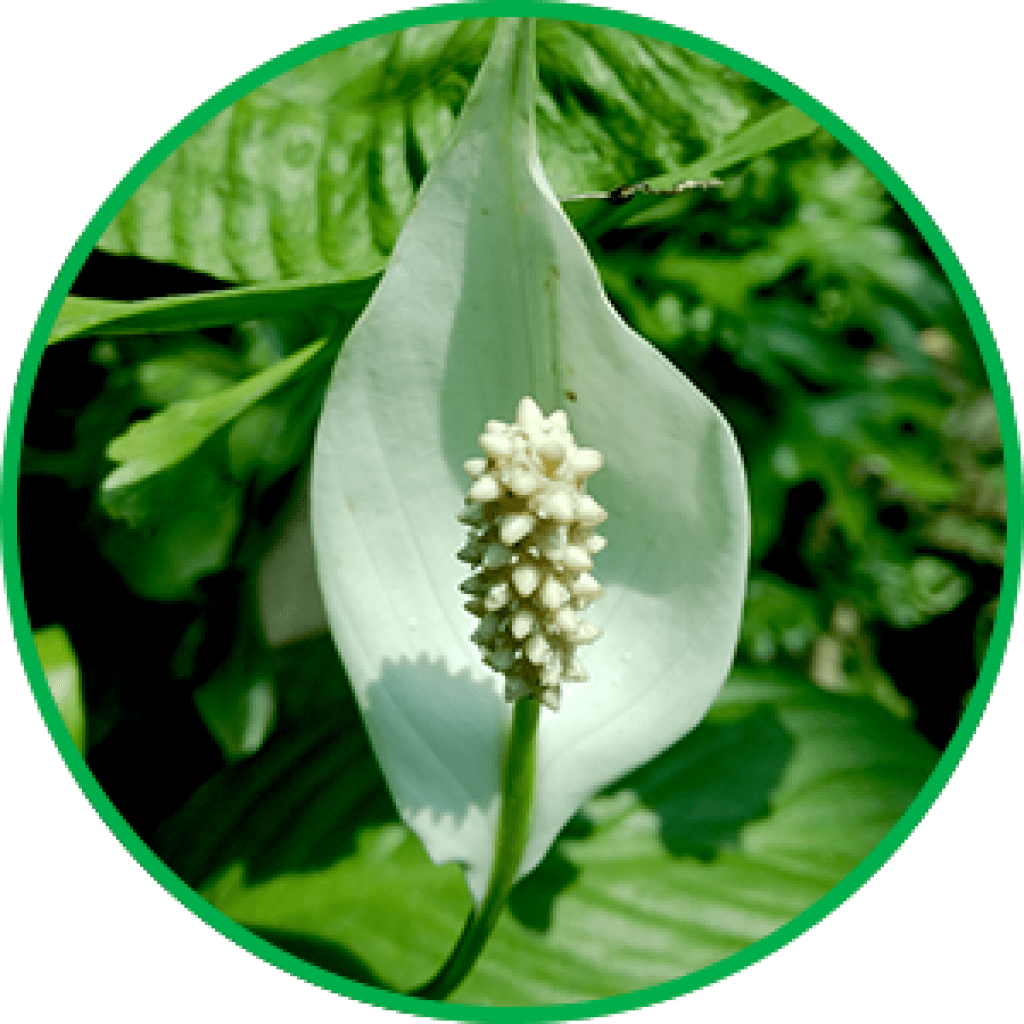
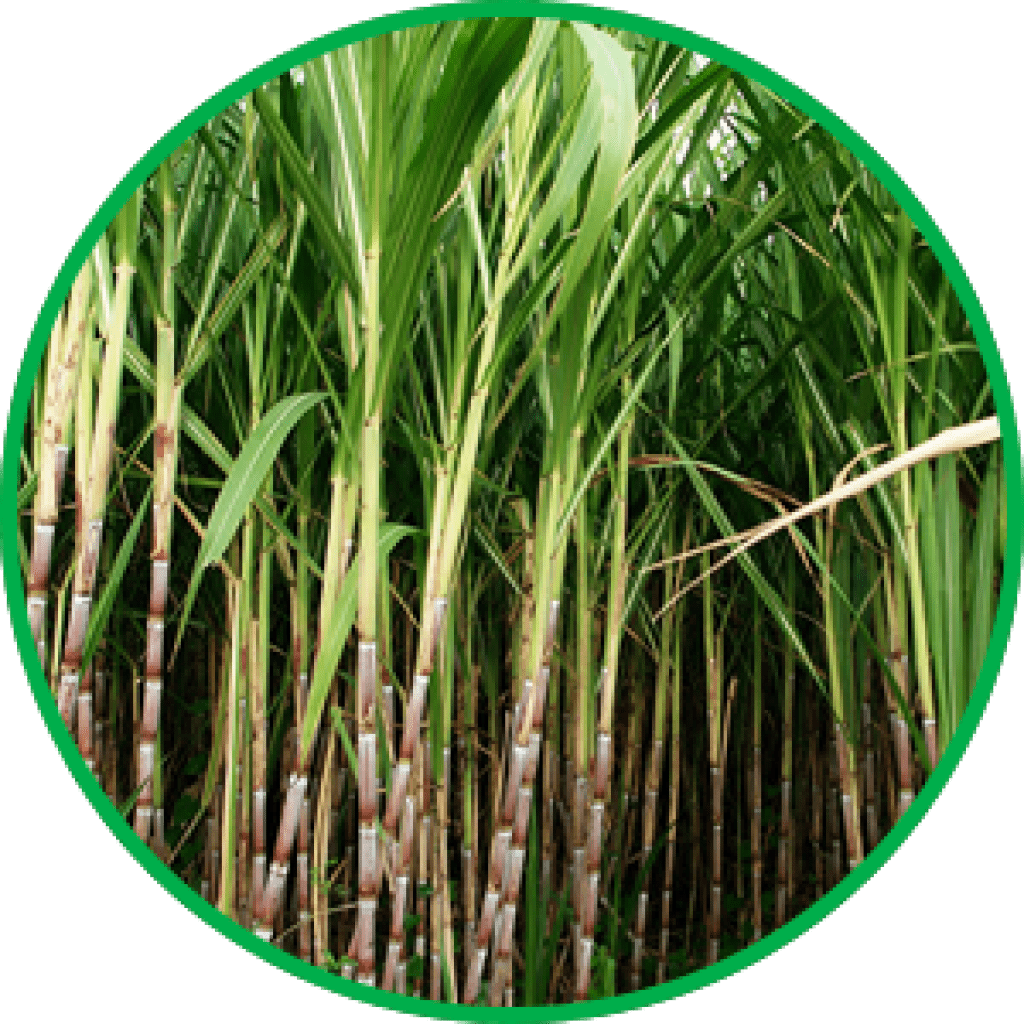
Sugarcane
Sugarcane is indigenous to tropical South Asia and Southeast Asia. Sugarcane is an important agro-industrial crop. It is grown in two distinct agro-climatic regions: the tropical and subtropical. Sugarcane is the most remunerative crop and has a very high economic biomass to total biomass ratio. its requirements for water and fertilizers are equally high.
Agro Climate :
Sugarcane cultivation requires a tropical or temperate climate, with a minimum of 60 centimeters (24 in) of annual moisture. Sugarcane grows in humid and hot weather.
Sugarcane grows extremely well in medium to heavy, well-drained soils of pH 7.5 to 8.5 and high organic matter content. Waterlogged soils or soils of poor drainage are not suitable. Growth of sugarcane will be poor in light, sandy soils. Gypsum /Sulfur is used for reclaiming highly alkaline soilsSoil :
Pomegranate
Pomegranate is a fruit-bearing deciduous shrub or small tree growing between five and eight meters tall. The pomegranate is native to the Iranian Plateau and the Himalayas in north Pakistan and Northern India.
Agro Climate :
Pomegranates prefer a semi-arid mild-temperate to subtropical climate and are naturally adapted to regions with cool winters and hot summers. A humid climate adversely affects the formation of fruit. The best climatic conditions are found in Middle East Asia. It is evergreen in the tropics and deciduous in the subtropics. A temperature of 38°C and a dry climate during fruit development produced the best quality fruits.
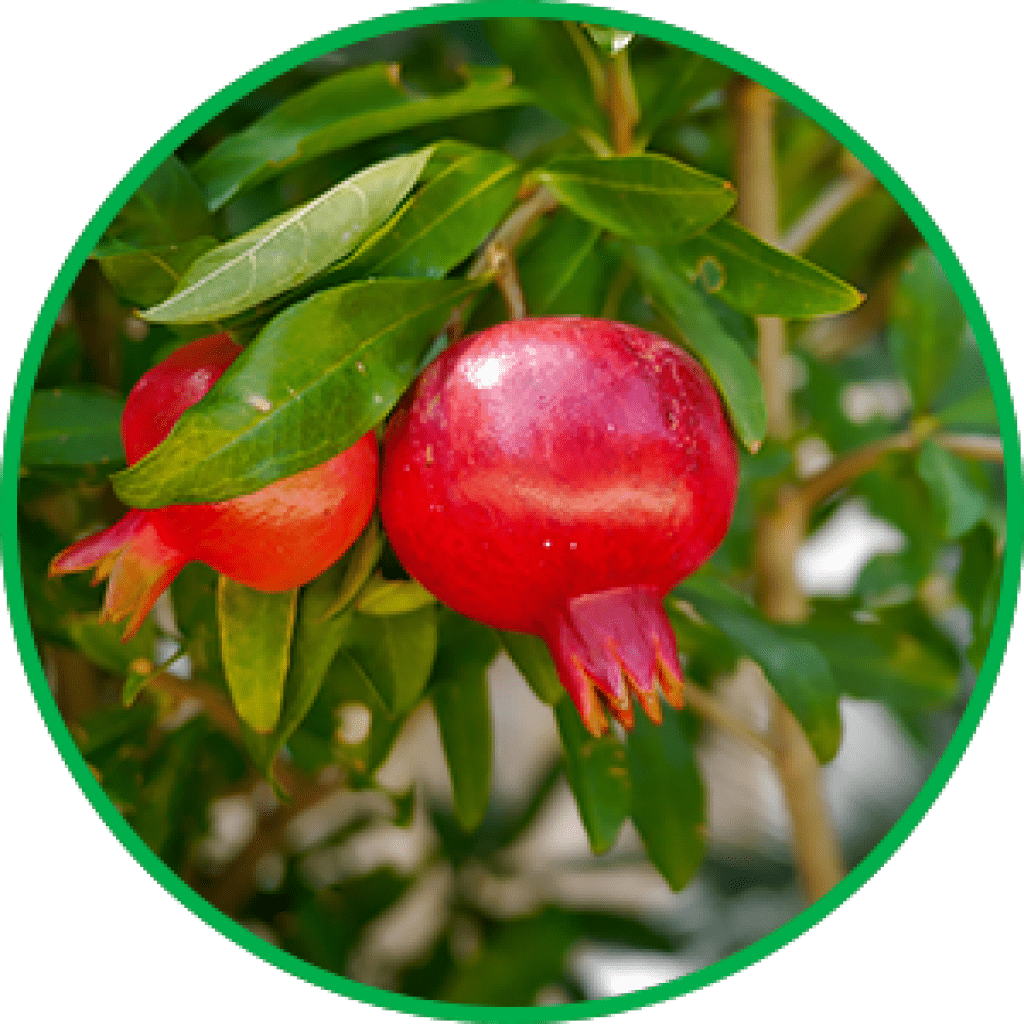
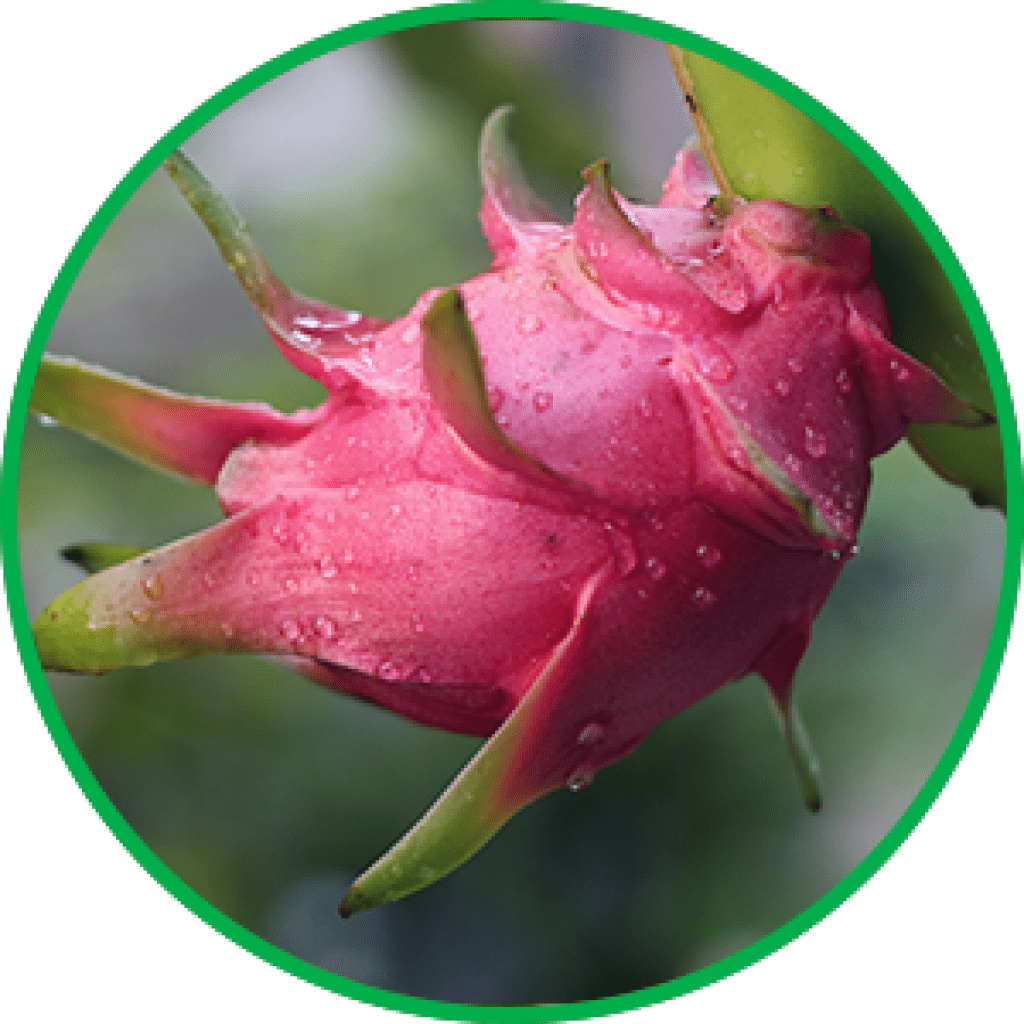
Dragon
Sugarcane is indigenous to tropical South Asia and Southeast Asia. Sugarcane is an important agro-industrial crop. It is grown in two distinct agro-climatic regions: the tropical and subtropical. Sugarcane is the most remunerative crop and has a very high economic biomass to total biomass ratio. its requirements for water and fertilizers are equally high.
Agro Climate :
Sugarcane cultivation requires a tropical or temperate climate, with a minimum of 60 centimeters (24 in) of annual moisture. Sugarcane grows in humid and hot weather.
Sugarcane grows extremely well in medium to heavy, well-drained soils of pH 7.5 to 8.5 and high organic matter content. Waterlogged soils or soils of poor drainage are not suitable. Growth of sugarcane will be poor in light, sandy soils. Gypsum /Sulfur is used for reclaiming highly alkaline soilsSoil :
Strawberry
Strawberry (Fragaria sp.) is a native of temperate regions, but varieties are available which can be cultivated in sub. Tropical climate. In India, it is generally cultivated in the hills. Its main centres of cultivation are Nainital (district) and Dehradun in Uttar Pradesh, Mahabaleshwar (Maharashtra), Kashmir Valley, Bangalore and Kalimpong (West Bengal). In recent years, strawberry is being cultivated successfully in plains of Maharashtra around Pune, Nashik and Sangli towns. The strawberry is the most widely adapted of the small fruits. Strawberries are grown throughout Europe, in every state of the United States, as well as in Canada and South America. The wide variation in climates within these regions and the wide adaptation of the strawberry plant permit harvesting and marketing, the fruit during the greater part of the year.

